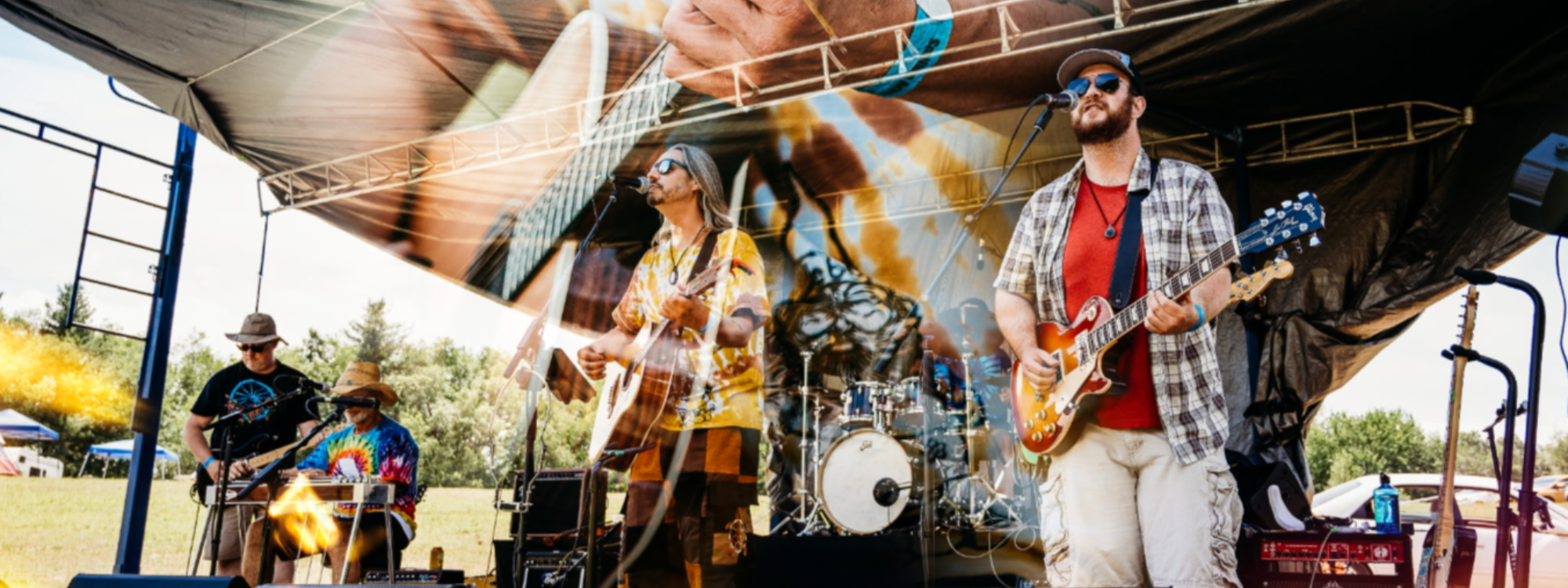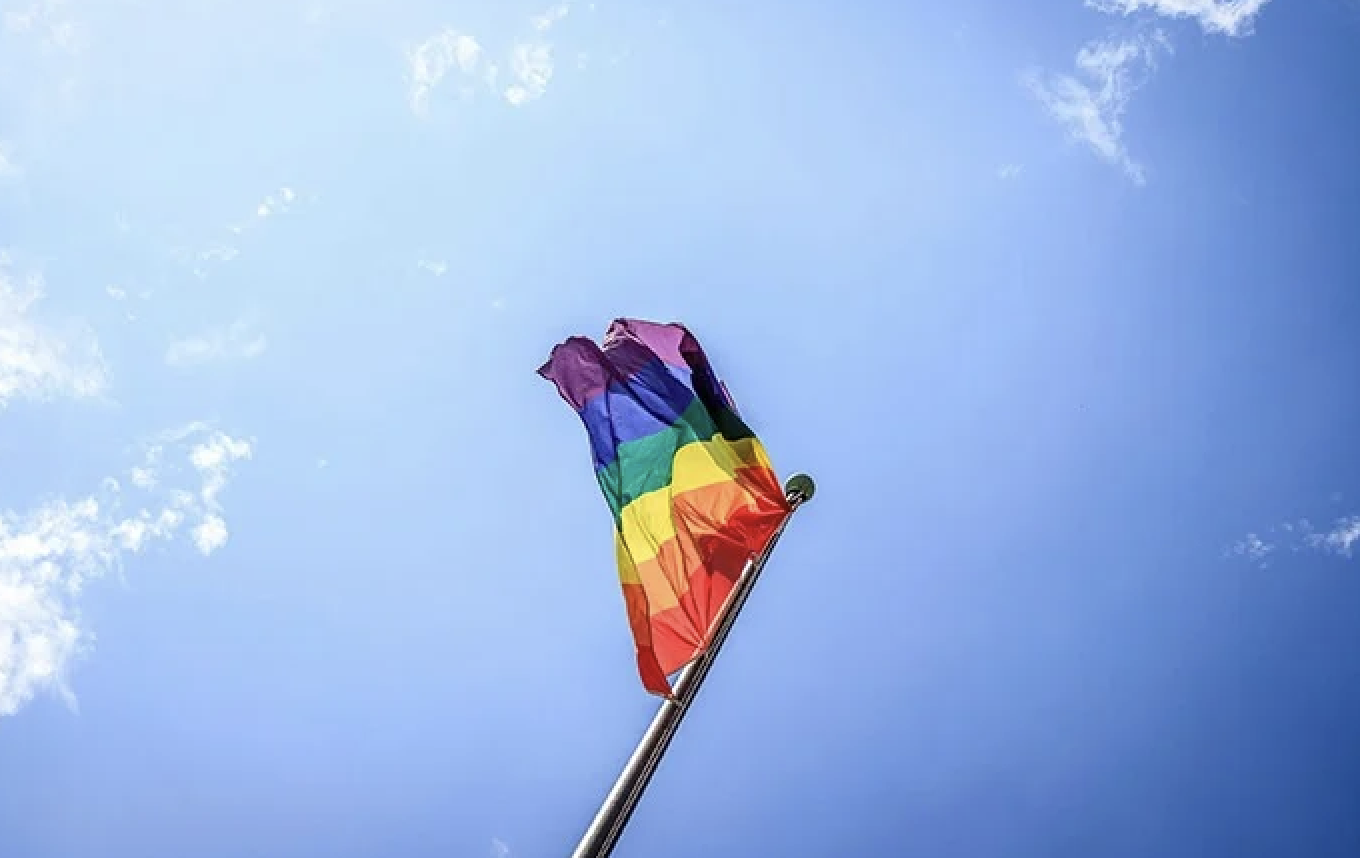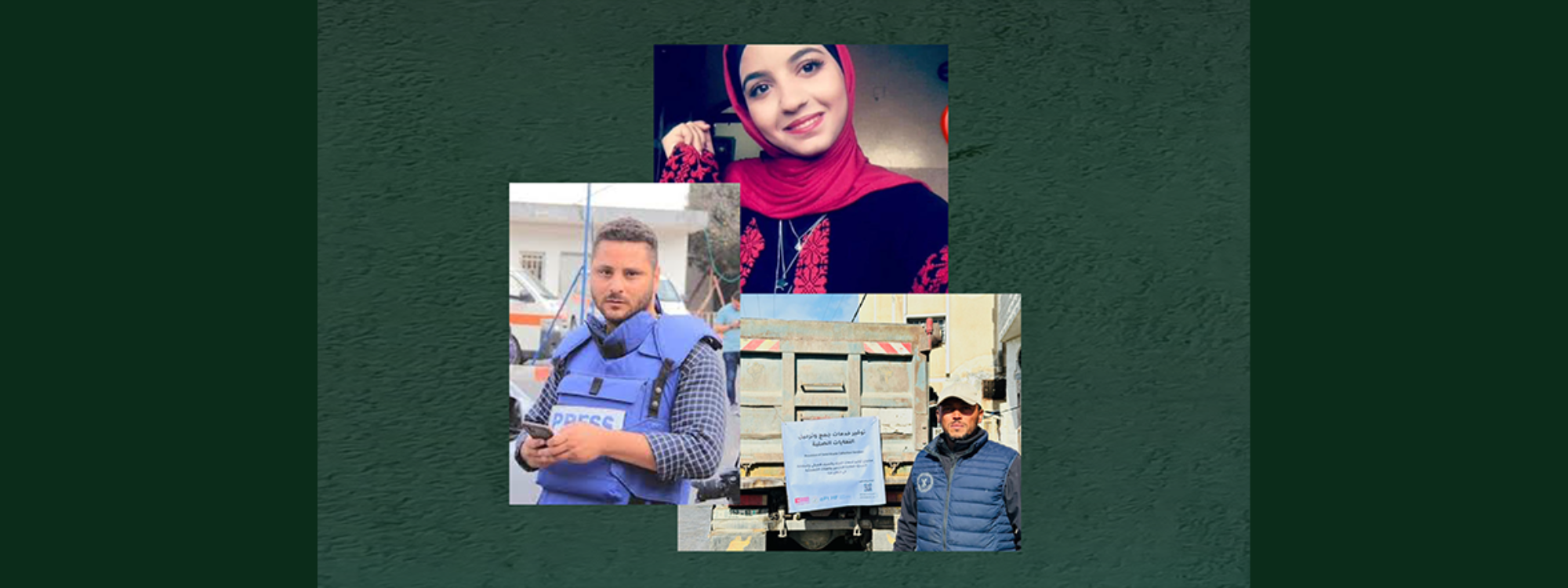
Blog
Pride and the Barriers We Must Acknowledge: A ShelterBox Perspective
At ShelterBox, our aim is simple: to ensure no one is without shelter after disaster. But this isn’t always simple, especially for the communities we serve around the world and the people who work to support people after disaster.
During Pride Month, we want to take a moment to reflect on what it really means to work globally in places where the very identities of the people we support, or our team members, can put them at risk. Countries like Myanmar, where we’ve supported people after disasters, present difficult working environments. In many of the places we work, local laws, authorities, or social norms can be less tolerant. Or sometimes, actively hostile, towards individuals based on their gender, identity, or LGBTQI+ status.
In some of the countries where we work and will continue to work, a form of institutionalized discrimination remains enshrined in law. Humanitarians around the world often hide their sexual orientation or identity to be allowed to continue to work.”
Sanj Srikanthan, ShelterBox Chief Executive

Equal access to aid is non-negotiable
We don’t discriminate when distributing aid and planning responses to disasters. That’s non-negotiable.
Whether it’s tents, shelter kits, or essential household items, we make sure our aid is designed and delivered in ways that are as inclusive and accessible as possible. This includes understanding the specific needs of LGBTQI+ people, women, people with disabilities, and anyone who might face added challenges in the aftermath of disaster.
We also know that good intentions are not enough. That’s why monitoring and evaluation are critical. We make sure fairness, diversity, and inclusion are woven into every step of our response, not just at the beginning, but throughout the entire process. By listening to communities, learning from them, and adapting, we help prevent inequality and build a more just approach to humanitarian aid. With these efforts, we’re trying to prevent global barriers from being replicated within our emergency responses.
How we work with safety and inclusion in mind
ShelterBox is different from many charities because we don’t rely on having offices in every country. This helps us act quickly when disasters strike. But to work safely and effectively, we lean on trusted local partners who understand the culture and challenges in each place.
Before going to a crisis area, we give our team clear briefings so they can understand the dangers and stay safe while helping others. We particularly highlight the risks that may affect them due to their personal characteristics. Every team member has the right to decline a visit based on their own safety judgment. This is an important rule, and following it doesn’t affect future chances or opportunities for staff.
We do this because we want every staff member and volunteer to feel included and like they belong.
ShelterBox is committed to supporting LGBTQI+ staff, volunteers, and ultimately those in the countries we support, too. We are at the start of this journey, and we recognize that we have a lot of work ahead of us. We need to ensure that everyone at work or volunteering feels that they are included and that they belong.”
Sanj Srikanthan, ShelterBox Chief Executive
The problem is that this shouldn’t be a problem
And yet – it is.
The very fact that we need to consider whether someone can safely enter a country simply because of who they are is a stark reminder that equality and equity are not a global reality.
We work in some of the most difficult and dangerous environments in the world, at a time when global needs are rising and resources are shrinking. International aid is being cut. Conflicts are lasting longer. Disasters are increasing in frequency and severity. All of this puts more pressure on humanitarian organizations to do more, with less.
In these circumstances, it’s even more important that we have open and honest conversations across the sector. About how we assess risk, how we include people affected by disaster, regardless of who they are, and how we protect the dignity and safety of our staff, our partners, and the communities we work for.
Pride means standing with our teams and the communities we serve
This Pride Month, we stand with the people we serve, many of whom face daily challenges simply because of who they are, the ShelterBox team, and our partners. We acknowledge these barriers, we plan for them, and we work around them where we can. But more than anything, we commit to not being part of the problem.
Pride Month has grown out of a struggle for human rights, a humanitarian campaign for change. As we consider our roles in the positive changes around us, it’s an opportunity to learn more about ourselves and how we can champion others.”
Sanj Srikanthan, ShelterBox Chief Executive
There is still a long way to go toward true equality and equity. But we believe that by delivering aid impartially, acting with dignity and respect, monitoring the impact of our work, and protecting our teams, we can be part of a humanitarian sector that slowly helps break down barriers, rather than build them.
Because shelter is a human right, and human rights should never be up for debate.
The heading image captures the pride flag.



